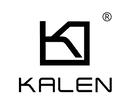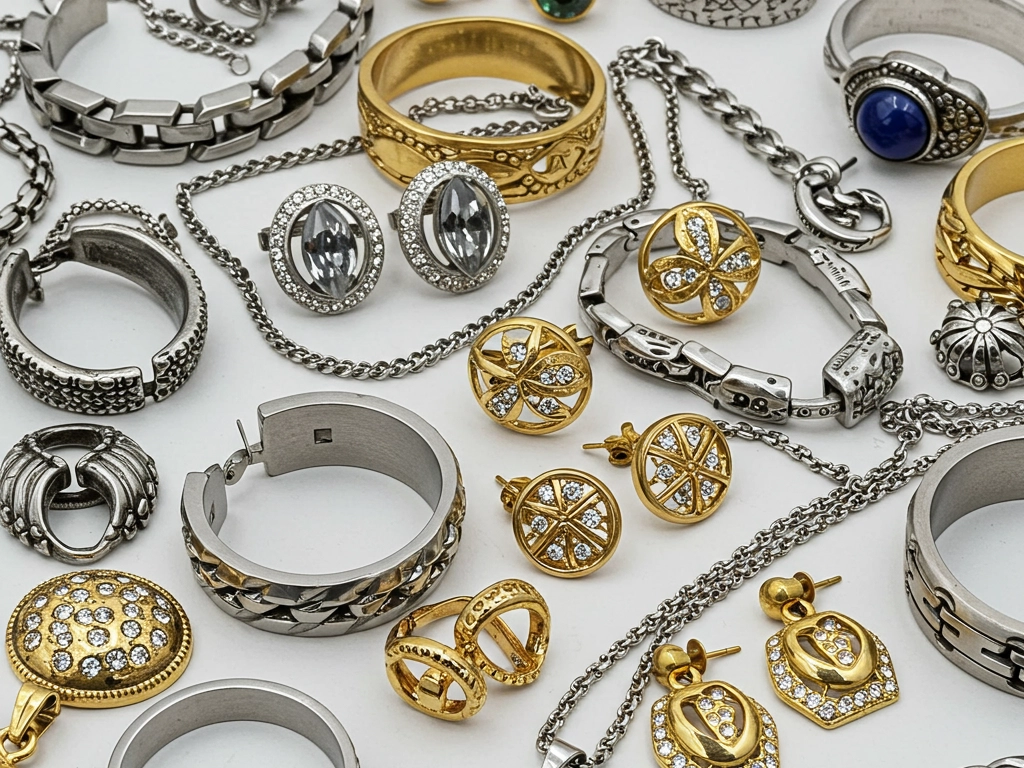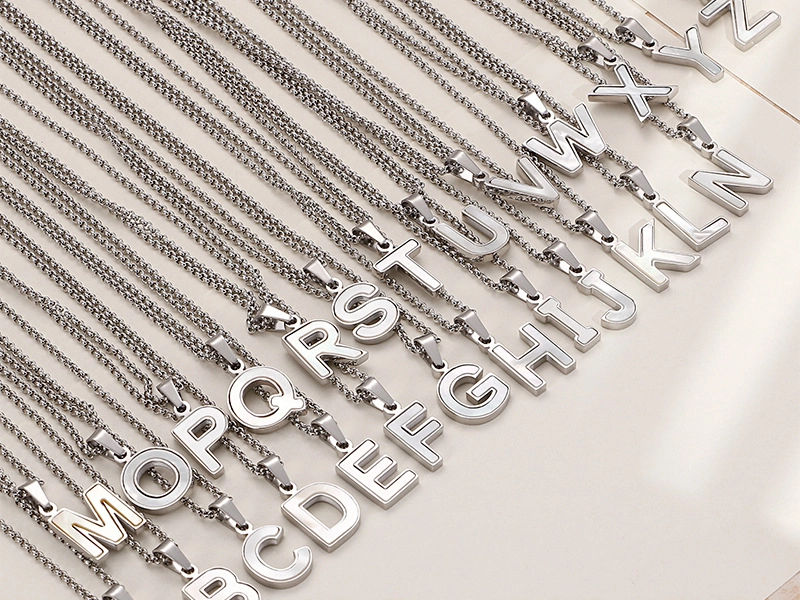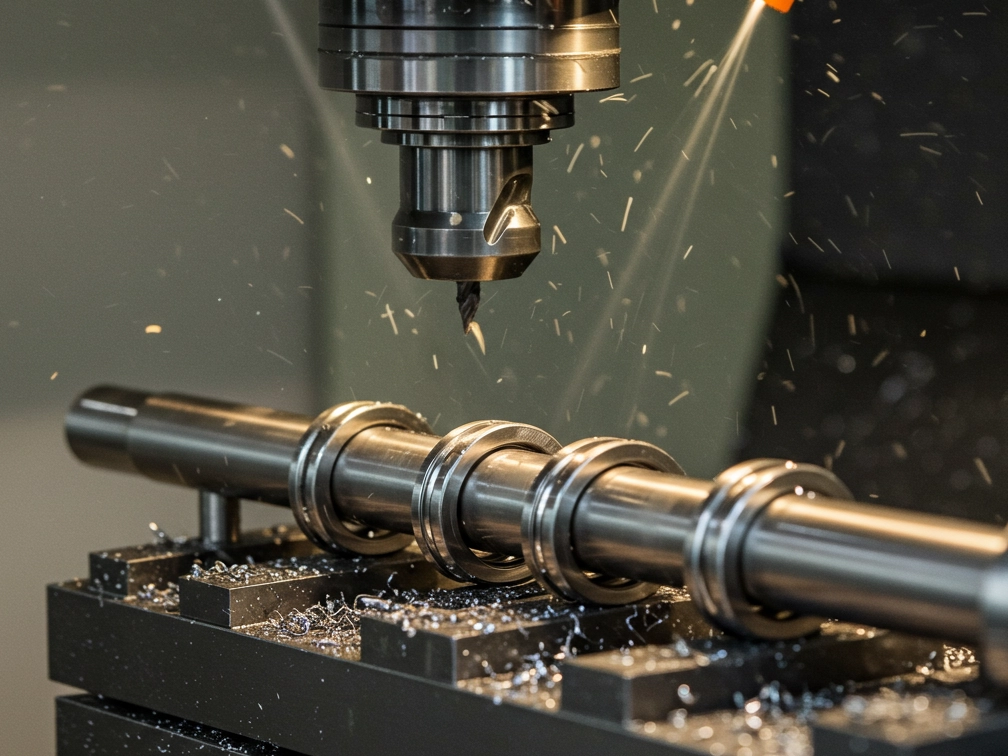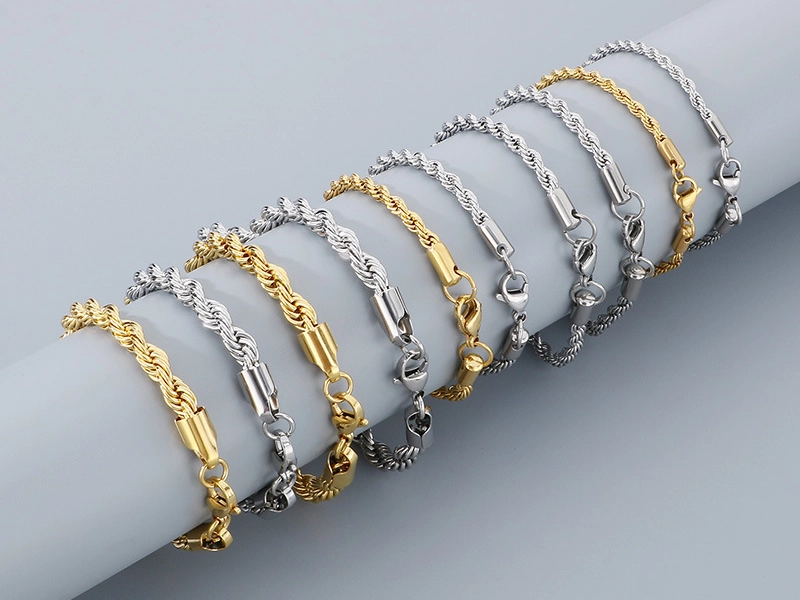
Blog
Does Stainless Steel Tarnish? Critical Solutions for High-Volume Jewelry Brands
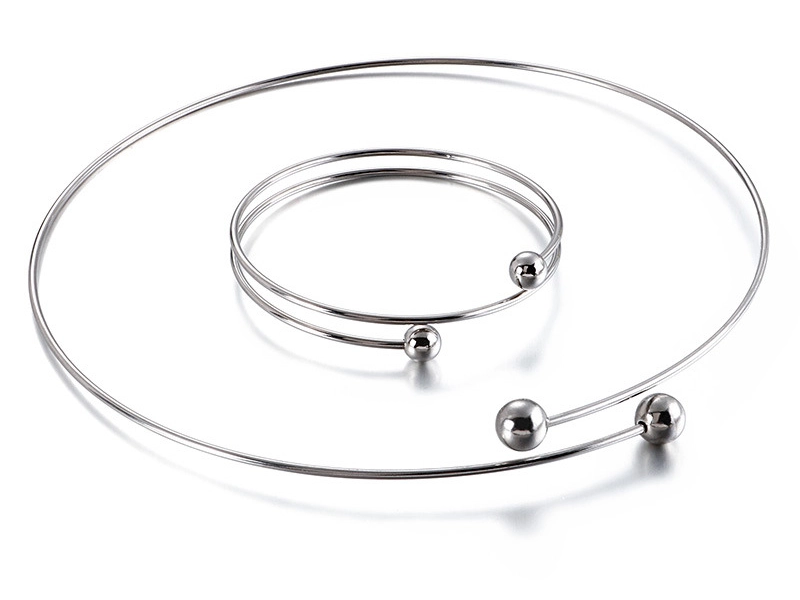
Does Stainless Steel Tarnish? Critical Solutions for High-Volume Jewelry Brands
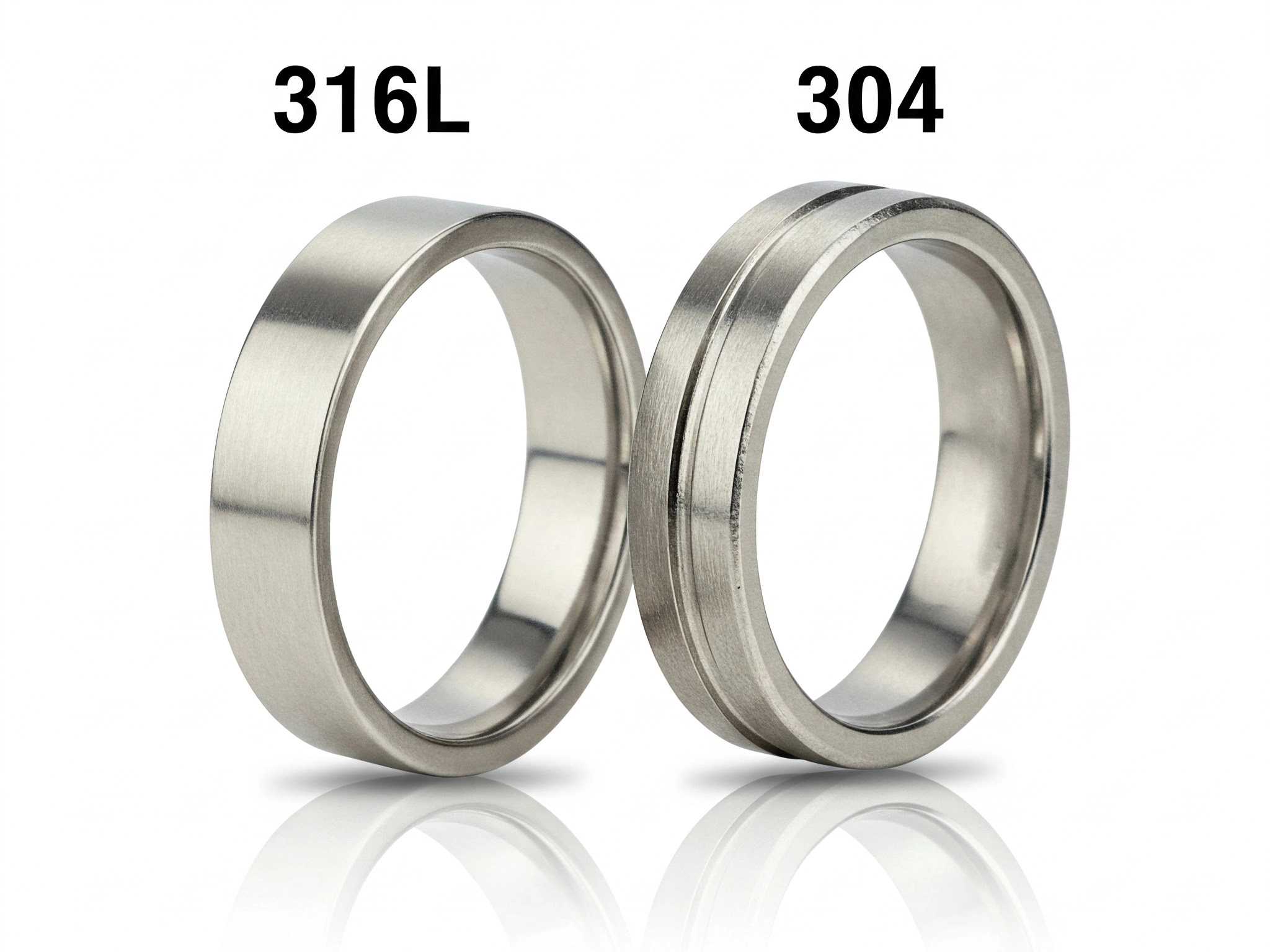
I often see bulk buyers struggle with tarnished products and costly returns. They need proven ways to maintain stainless steel’s bright finish.
Stainless steel resists tarnish thanks to protective chromium oxide. Yet poor production methods or harsh chemicals can still trigger discoloration. Surface finishing and packaging significantly reduce tarnishing risks.
I recall my first big overseas order failing lab tests due to hidden chlorine in the coolant. That loss taught me to refine every process step.
What Are the Core Tarnishing Physics in Jewelry?
I learned that chromium and molybdenum ratios define stainless steel’s resistance. Alloy composition shields surfaces from oxidation and discoloration.
A high-chromium alloy forms a robust oxide layer. For severe conditions, 316L’s added molybdenum boosts corrosion protection beyond 304.
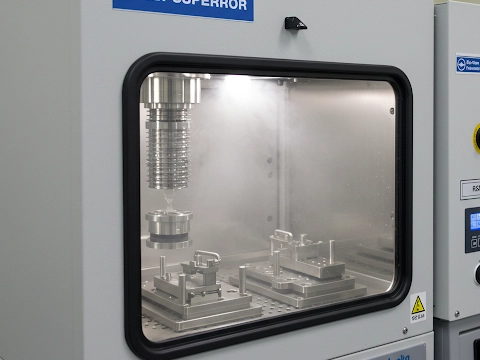
Deeper Look at Alloy Composition
I rely on a simple Tarnish Index1:
Tarnish Index = (Chromium% × 1.8) + (Molybdenum% × 4.2)- 316L often scores over 25, ideal for high-exposure jewelry
- 304 remains functional but can tarnish under chlorine
- 430 suits budget lines with shorter wear expectations
| Grade | Chromium | Molybdenum | Tarnish Index |
|---|---|---|---|
| 316L | 16–18% | 2–3% | ≥25 |
| 304 | 18–20% | <0.75% | ~19–21 |
| 430 | 16–18% | 0% | <18 |
I keep these numbers on hand to guide large-scale orders.
How Do Production Failures Accelerate Tarnish?
I experienced major tarnishing issues when a factory used the wrong polishing pads. Cross-contamination silently ruined the protective layer.
Common pitfalls include incorrect annealing, chlorinated water, and residue-laden buffing wheels. Each error weakens the metal’s oxide boundary.
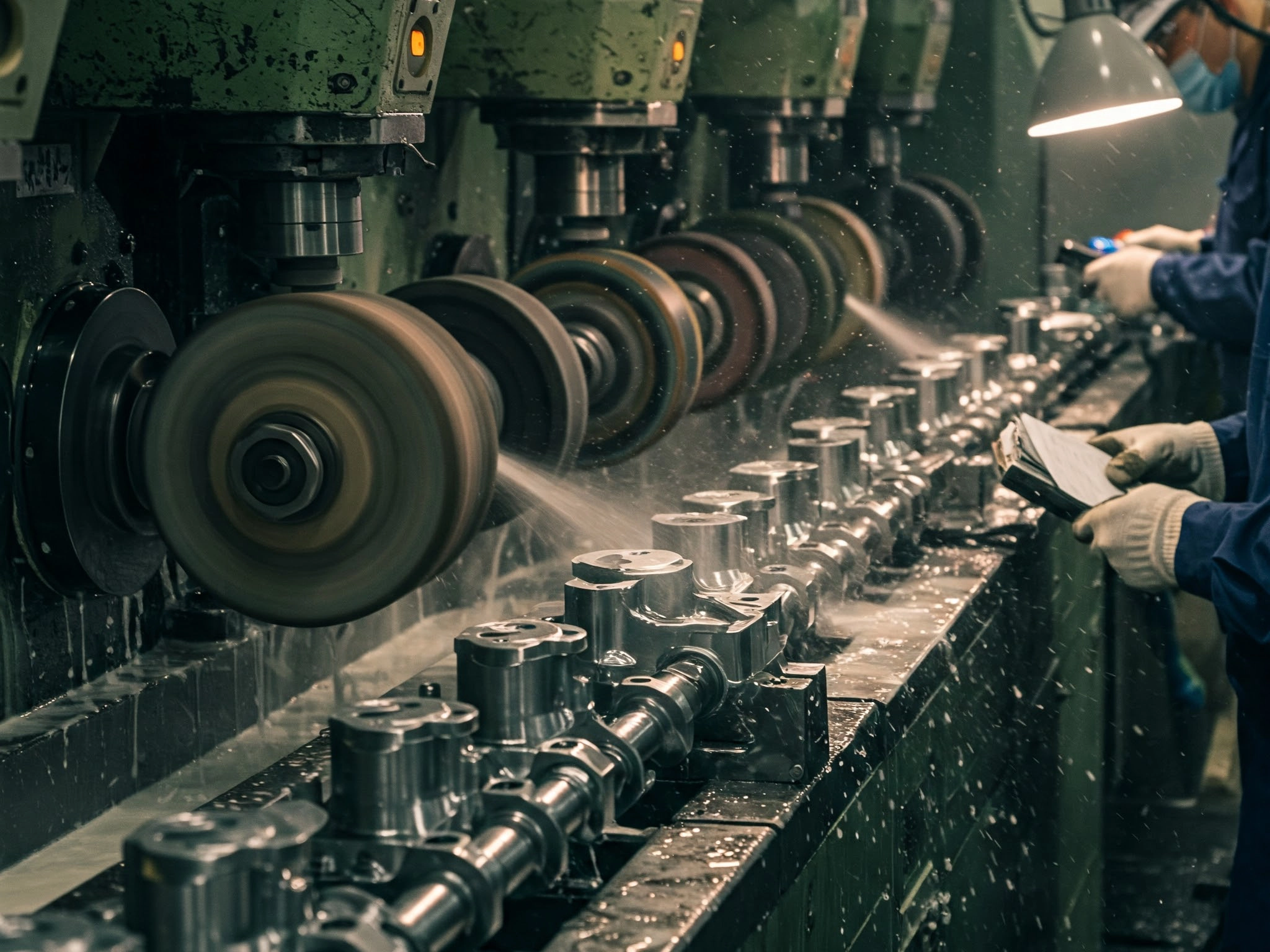
Multi-Angle Failure Analysis
I track three cost drivers:
| Failure Mode | Impact on Yield | Approximate Loss/1k units |
|---|---|---|
| Wrong Annealing | High | $500–$600 |
| Chlorine in Coolant | Moderate | $400–$500 |
| Contaminated Tools | Variable | $200–$700 |
I now conduct monthly audits. This approach prevents invisible mistakes that lead to tarnishing complaints.
Why Are Certifications Critical for Different Markets?
Global buyers often need proof of safety and quality. I realize that regulations vary by region.
316L steel must meet EU (EN 12472) for nickel release. For the US, ASTM F2923 covers toxicity. Japan has JIS H 3250 for stress corrosion.
Detailed Certification Grid
I maintain up-to-date test results:
| Region | Key Standard | Focus |
|---|---|---|
| EU | EN 12472 | Nickel Release |
| US | ASTM F2923 | Lead & Cadmium Limits |
| Japan | JIS H 3250 | Stress & Corrosion |
I store these on file, ensuring faster clearance and fewer customs delays.
Which Surface Finishing Methods Resist Tarnish Best?
Surface finishes matter more than I once believed. Even top-grade steel fails with poor finishing.
Mirror polishing removes micro-scratches, so corrosion can’t gain a foothold. PVD coatings add a strong barrier, extending salt spray hours.
Deep Dive on Finish Performance
I compare typical finishing approaches:
| Technique | Salt Spray Hours | Approx. Cost Increase |
|---|---|---|
| PVD Coating | 4,000+ | + $0.30–$0.50/unit |
| Mirror Polish | 3,000+ | + $0.10–$0.15/unit |
| Matte/Sandblast | Under 1,000 | Baseline |
I often recommend partial PVD on high-wear zones to balance cost and tarnish resistance.
Can I Save Costs by Choosing Different Steel Grades?
I meet brands who want maximum savings without sacrificing brand reputation. Selecting the right alloy mix helps.
316L suits premium lines with full tarnish protection. 304 or 430 may suffice for budget styles. I sometimes combine multiple grades in a single design.
Multi-Grade Strategy
I notice:
| Target Line | Recommended Alloy | Reason |
|---|---|---|
| High-End / Premium | 316L | Best corrosion protection |
| Everyday / Mid-Tier | 304 | Cost-effective with coatings |
| Promotional / Budget | 430 | Lowest cost, shorter lifespan |
I usually guide clients to blend 304 elements with 316L locks or clasps.
How Do I Package Stainless Steel to Prevent Tarnish?
Packaging is often overlooked. I realized shipping conditions can undermine even the best finishing.
Including VCI paper, silica gel packs, or vacuum seals extends shelf life. Maintaining dryness prevents oxidation.
Packaging Cost Breakdown
I’ve tested each approach:
| Method | Protection Duration | Extra Cost/1000 Units |
|---|---|---|
| Basic Polybag | 1–3 months | $2–$3 |
| VCI Paper + Desiccant | 12–18 months | $6–$8 |
| Vacuum Seal | Up to 36 months | $10–$12 |
I lean toward VCI solutions for ocean freight shipments to high-humidity regions.
What Testing Protocols Ensure Export Readiness?
Testing each batch catches potential issues early. I once shipped a large order that failed in the destination lab, resulting in returns.
Key checks include salt spray (ASTM B117), artificial sweat (ISO 3160-2), and thermal shock cycles. Each step verifies the protective layer remains intact.
Comprehensive Quality Checklist
My standard routine:
| Test | Pass Criteria | Our Average |
|---|---|---|
| Salt Spray (ASTM B117) | ≥720 hours no rust | ~820 hours |
| Artificial Sweat (ISO 3160-2) | No color change | Pass |
| Thermal Shock (3-Cycle) | No cracks/lifting | Pass |
I include a final nickel-release test for EU compliance. That data protects me and my clients from legal headaches.
Conclusion
Stainless steel rarely tarnishes if alloy selection, production, and packaging follow strict controls. Proper certifications and final testing reinforce brand trust.
Footnotes
-
Understanding the Tarnish Index helps in selecting the right stainless steel for jewelry, ensuring durability and quality. ↩
